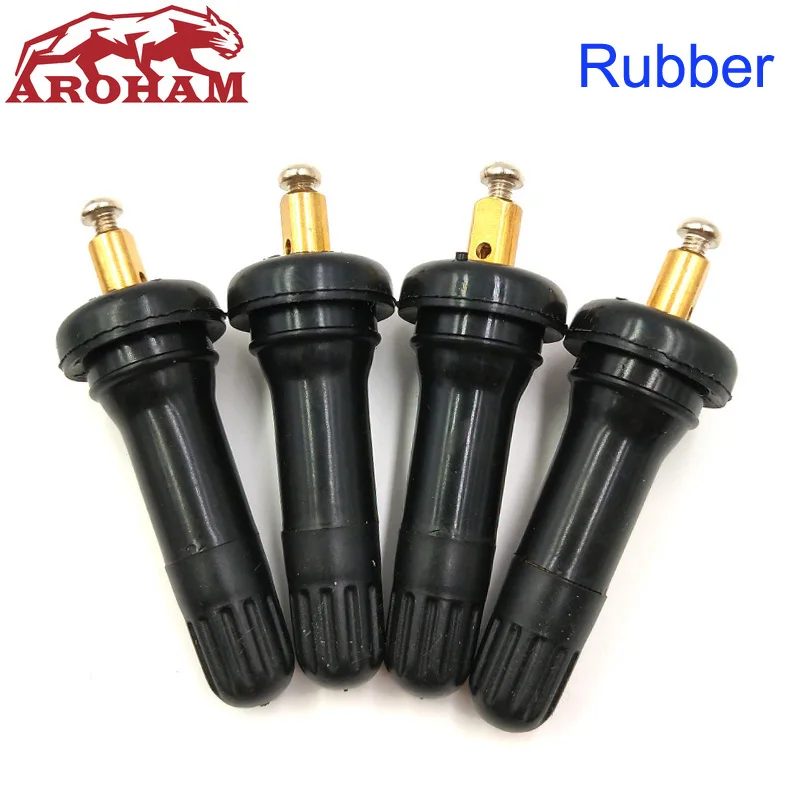Published on October 26, 2018 Driven Products
The goal of a Tire Pressure Monitoring System (TPMS) is to help avoid traffic accidents, poor fuel economy, and increased tire wear due to under-inflated tires. Due to the influence tire pressure has on vehicle safety and efficiency, TPMS is required on vehicles manufactured for sale within the United States after 2007.
You’ve probably noticed the TPMS warning light on your dashboard at some point. This is a warning to let you know that one or more of your tires is under-inflated. In most cases you can pull your vehicle into a gas station and fill your tires with air to reach the manufacturer recommended tire pressure. However, this can also be a warning that one or more of your TPMS sensors are failing and it’s time for a new sensor.
| 1. Break the bead of the tire ensuring the valve is located on the opposite side of the rim from the bead breaker blade. When the tire is dismounted the valve must be located at 1 o’clock to the tire fitting head. | |
| 2. Apply lubricant to the valve stem. | |
| 3. Place the valve stem through the valve hole, ensuring the rubber makes good contact with the valve hole all around. | |
| 4. Use the valve puller to pull the valve stem through the hole until it snaps into place, ensuring that the valve angle is perpendicular to the hole. If using a metal valve puller, protect the rim. | |
| 5. Please note: failure to pull the valve through at the correct angle can result in damage to the valve stem or prevent the rubber from creating an air-tight seal. | |
| 6. Attach the valve stem to the sensor using the nut. Place the anti-rotation pin provided through the base of the valve stem, to keep the valve stem in place. The nut must be tightened to 12.5 in-lbs (1.4 Nm) using a T15 Torx bit and torque tool. | |
| 7. When remounting the tire on to the rim ensure that the valve starts on the opposite side of the rim from the tire fitting head. | |
| 8. Now that your sensors are installed, they will need to be relearned to your vehicle. Contact a Driven Products Fitment Specialist for help identifying your vehicle’s TPMS relearn procedure. |
The cost of installing TPMS sensors will depend on the installer. Assuming you already have your snap-in TPMS sensors purchased and ready to install, you can expect to pay between $20-$50 per sensor installation.
DP-Accessories brand snap-in TPMS sensors are equipped with an advanced Maxell battery. The typical life expectancy is 7-years or 100,000 mile. Our sensors come with a 3 year / 36,000 mile limited warranty.
Don’t confuse TPMS relearning with TPMS programming. Your DP-Accessories TPMS sensors are preprogrammed for your vehicle before we send them to you.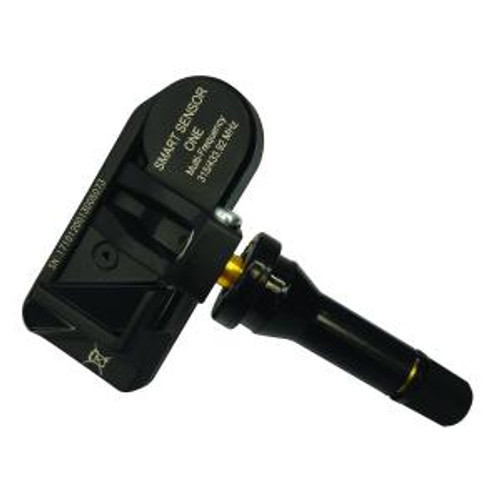 When installing new TPMS sensors replacing, your vehicle manufacturer has specific steps to put the vehicle in learn mode and program the sensors. There are some vehicles that will relearn sensors automatically when your tires are rotated. However, most TPMS sensors will require an action by you to relearn them.
When installing new TPMS sensors replacing, your vehicle manufacturer has specific steps to put the vehicle in learn mode and program the sensors. There are some vehicles that will relearn sensors automatically when your tires are rotated. However, most TPMS sensors will require an action by you to relearn them.
Each vehicle manufacturer will have their own unique TPMS relearn procedure. Contact a Driven Products Fitment Specialist for help identifying your vehicle’s TPMS relearn procedure.
Filed in: installation tips, snap-in, snap-in tpms sensors, snap-in valve stems, tpms, tpms sensors
Share:Over the past several years, many vehicle manufacturers have started moving away from aluminum clamp-in valve stems and switching to rubber snap-in valve stems instead.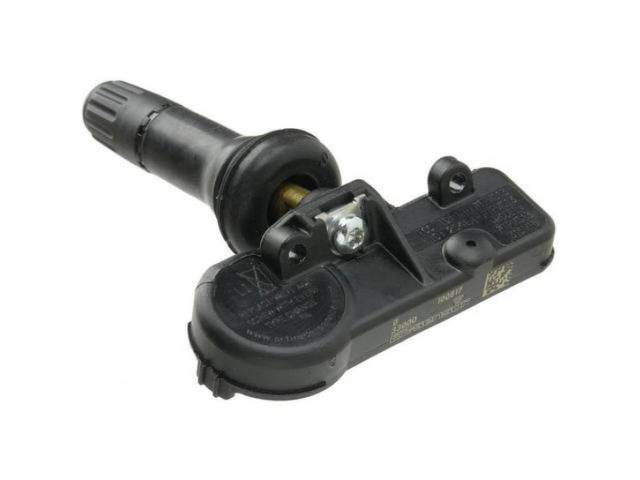 The main reason for this switch is that aluminum clamp-in stems are more susceptible to corrosion than their rubber counterparts; especially in certain climates and locations where the valve stem is frequently exposed to salt, sand, humidity or road grime.
The main reason for this switch is that aluminum clamp-in stems are more susceptible to corrosion than their rubber counterparts; especially in certain climates and locations where the valve stem is frequently exposed to salt, sand, humidity or road grime.
Corroded valve stems are a problem because they lead to larger issues like slow air leaks and broken parts during the repair process when they corrode themselves to the wheel rim. In addition to corrosion issues, when the rubber grommet of a clamp-in stem is originally installed, it fuses itself to the inner wall of the valve hole and hardens in that shape to lock in air. When the tire is deflated for service, the hardened grommet can shift and not re-fuse properly, again causing slow air leaks. It is for these reasons that the general best practice is to replace aluminum service kits every time the tire is removed from the rim.
Rubber snap-in stems offer a corrosion-resistant solution for OEMs and some repair benefits for the aftermarket.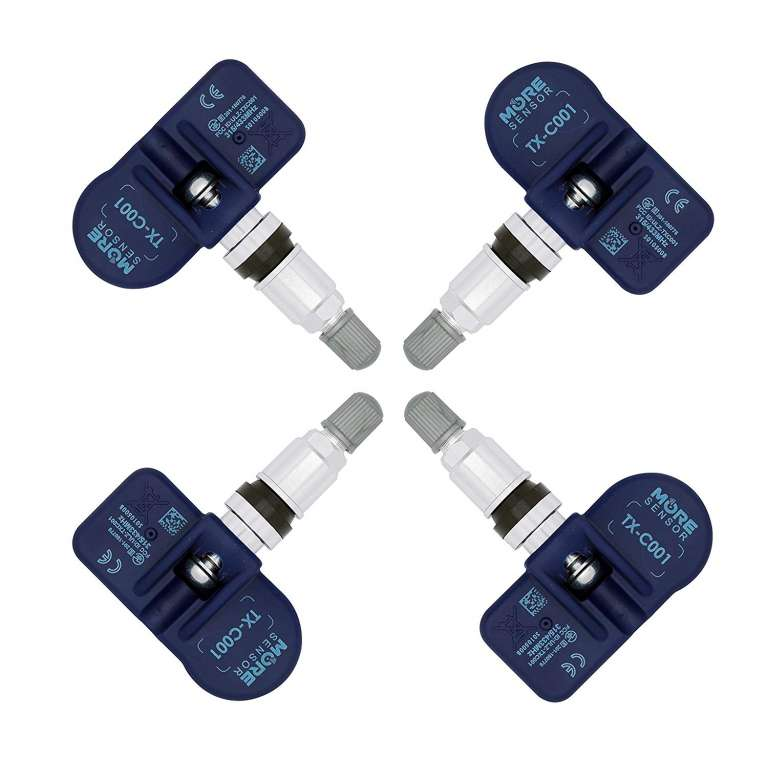 In addition to being more resistant to corrosion, rubber stems have fewer parts and are arguably easier to install and remove. Rather than needing a nut to “clamp” it into place with a torque tool, a rubber stem is installed with a valve puller tool, and the stem is quite literally pulled through the valve hole of the rim to set it into place. Likewise, to remove the rubber stem, the technician uses the same valve puller to pull the valve completely out of the valve hole. No twisting, turning and breaking of corroded nuts.
In addition to being more resistant to corrosion, rubber stems have fewer parts and are arguably easier to install and remove. Rather than needing a nut to “clamp” it into place with a torque tool, a rubber stem is installed with a valve puller tool, and the stem is quite literally pulled through the valve hole of the rim to set it into place. Likewise, to remove the rubber stem, the technician uses the same valve puller to pull the valve completely out of the valve hole. No twisting, turning and breaking of corroded nuts.
However, although the rubber snap-in stem is more resistant to corrosion, it isn’t entirely damage-proof and should still be replaced each time the tire is removed from the wheel. The rubber on the stem can begin to dry out, harden, and in severe cases, crack as it is exposed to the elements, especially UV rays. A used rubber stem is almost always damaged during repair because the hard, dry rubber must be pulled through the rim hole completely to remove the stem. The stem usually cracks or rips as it is forced to fit through the valve hole. Although the tears and damage are not always obvious on the stem, there is enough damage to the stem to cause slow air leaks.
The stem usually cracks or rips as it is forced to fit through the valve hole. Although the tears and damage are not always obvious on the stem, there is enough damage to the stem to cause slow air leaks.
The best way to protect your driver from slow air leaks, and to protect your shop from costly comebacks, is to make it a habit to always change out the service kits every single time the tire is removed from the rim. Regardless of if you are using an aluminum stem or a rubber stem, there is usually enough wear and tear to justify a new service kit. In general, service kits are also relatively inexpensive, and the cost should automatically be included and considered a vital step in a TPMS repair service.
Jacki Lutz is the Global Head of Communications, Training and E-Commerce for Schrader TPMS Solutions, a global leader in TPMS. She is a TIA ATS instructor and serves on a variety of industry boards.
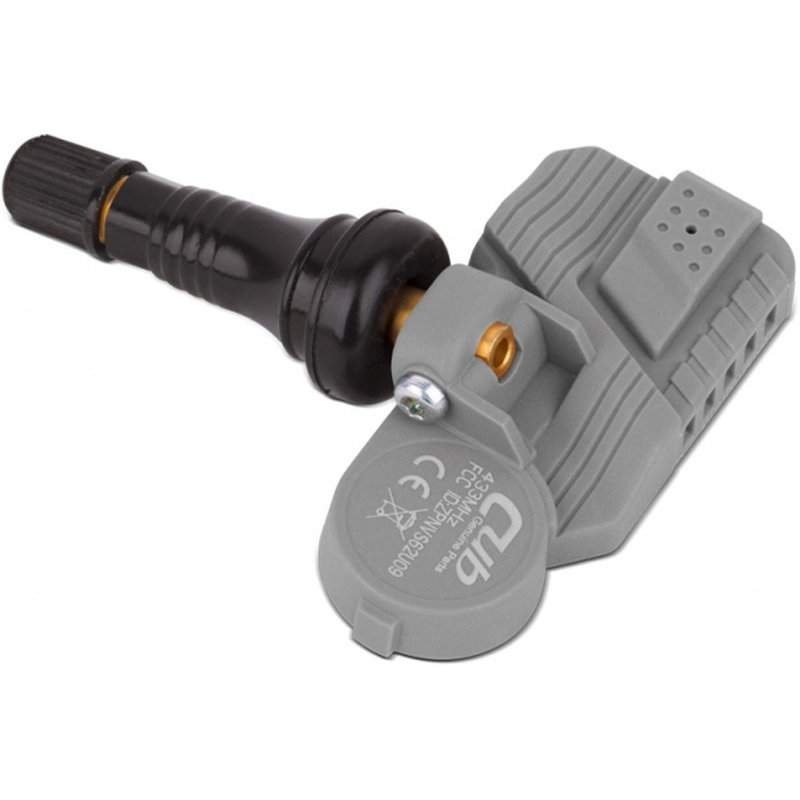 W. Hower
W. Hower Currently, there are about 20 different types of systems installed by automakers as standard on cars.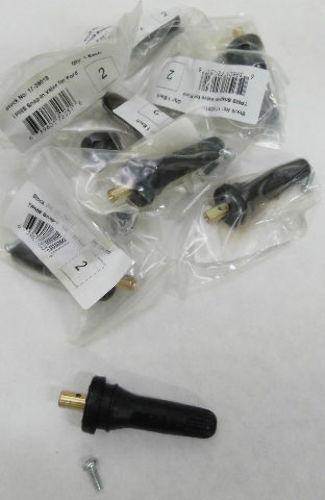 Some of them are quite autonomous and can independently bind a new sensor to the car or put the wheels in the correct order after a swap, some can do neither.
Some of them are quite autonomous and can independently bind a new sensor to the car or put the wheels in the correct order after a swap, some can do neither.
In the AllTPMS.ru installation center or our specialist at the customer's site, registration (binding) of tire pressure sensors to any car is carried out. Binding is carried out by means of a set of both specialized equipment for TPMS systems and original dealer diagnostics.
• replacement of 1 to 5 sensors;
• swapping wheels;
• Bindings for the second seasonal wheel set;
In the AllTPMS.ru online store you can get acquainted with the binding procedure for a car model of any year of manufacture, starting from 1998 years. In the Binding Types Guide, select the make of the car you want to register for, and then the year of manufacture and model of your car.
You can sign up for the service of binding (registration) of tire pressure sensors of the TPMS system by leaving a request by phone, via the feedback form or e-mail.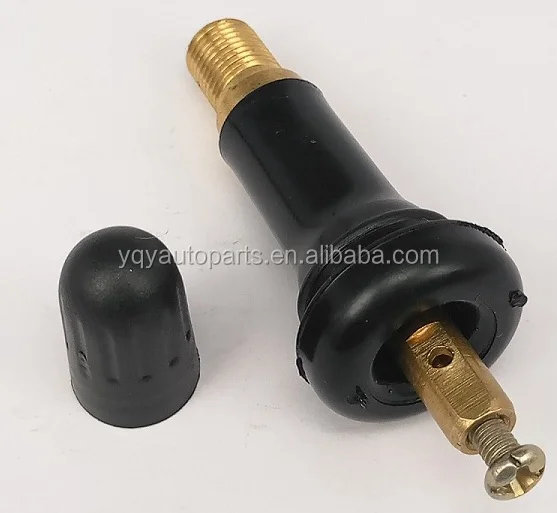
This is a standard instruction for tying sensors to the block ... as the instructions say, they are all tied to the block from the factory and it's true ... I went in and experimented left changed to right right to lower left to upper …. it is possible to delete and register sensors into the system manually through the application (so far only Android) in the Xiaomi 70Mai Midrive T01 application settings. Now let's go in order.
Binding sensors to the unit is as easy as shelling pears… take an enema, pear, pump, pump, air bag or something like that)))) whatever it was possible to BLOW)))))))) ahah… or at least to create pressure))) apply a hose to the hole and push there about the 1st atmosphere … the sensor swells and the block starts to hysterically chirp))) EVERYTHING!
[ your advertisement could be here |
0.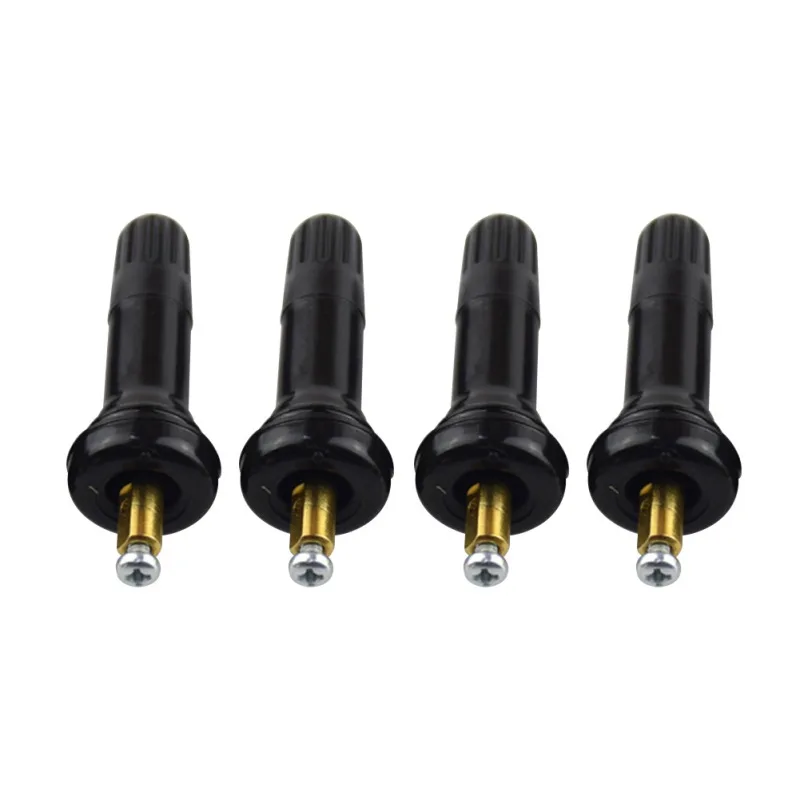 1bar Support 1 second 4 tires Support w3bsit3-dns.com 70 mai Russian firmware 60 70 mai w3bsit3-dns.com 70 mai firmware 70 mai firmware Russian 70mai 70mai w3bsit3-dns.com flash 70Mai T01 70MAI TPMS alarm Android Built-in with Car Charging citroen-c-crosser-2007 Dual Gauge Mi drive MI TPMS MI Xiaomi Midrive T01 mitsubishi TPMS MI Monitor Power Pressure Sens Sensors Solar solar tpms system T01 Tester Tire tpms TPMS 70mai tpms aliexpress TPMS MI tpms mitsubishi outlander tpms mitsubishi outlander xl tpms mitsubishi pajero sport tpms mitsubishi pid tpms in solar TPMS which disappointed me tpms buy USB with xiaomi Xiaomi 70mai Xiaomi 70Mai Midrive T01 (car wheel pressure and temperature sensors) xiaomi 70mai tpms w3bsit3-dns.com xiaomi 70mai Russian firmware Xiaomi TPMS automatically in user mode in ukraine in tires in android tires in car tires van interaction view DVR Xiaomi 70 mai air time high high temperature hail trucks tire pressure from Xiaomi pressure sensor pressure sensor tire pressure sensor how pressure sensors work tire pressure sensors tire pressure sensors from china tire pressure sensors buy in ukraine tire pressure sensors 6 Wheels Tire Pressure Sensors Reviews Xiaomi Tire Pressure Sensors Double Double Dual Color for Truck Truck to Rear Start Charging Charging Charging Mirror Protection and other functions.
1bar Support 1 second 4 tires Support w3bsit3-dns.com 70 mai Russian firmware 60 70 mai w3bsit3-dns.com 70 mai firmware 70 mai firmware Russian 70mai 70mai w3bsit3-dns.com flash 70Mai T01 70MAI TPMS alarm Android Built-in with Car Charging citroen-c-crosser-2007 Dual Gauge Mi drive MI TPMS MI Xiaomi Midrive T01 mitsubishi TPMS MI Monitor Power Pressure Sens Sensors Solar solar tpms system T01 Tester Tire tpms TPMS 70mai tpms aliexpress TPMS MI tpms mitsubishi outlander tpms mitsubishi outlander xl tpms mitsubishi pajero sport tpms mitsubishi pid tpms in solar TPMS which disappointed me tpms buy USB with xiaomi Xiaomi 70mai Xiaomi 70Mai Midrive T01 (car wheel pressure and temperature sensors) xiaomi 70mai tpms w3bsit3-dns.com xiaomi 70mai Russian firmware Xiaomi TPMS automatically in user mode in ukraine in tires in android tires in car tires van interaction view DVR Xiaomi 70 mai air time high high temperature hail trucks tire pressure from Xiaomi pressure sensor pressure sensor tire pressure sensor how pressure sensors work tire pressure sensors tire pressure sensors from china tire pressure sensors buy in ukraine tire pressure sensors 6 Wheels Tire Pressure Sensors Reviews Xiaomi Tire Pressure Sensors Double Double Dual Color for Truck Truck to Rear Start Charging Charging Charging Mirror Protection and other functions.